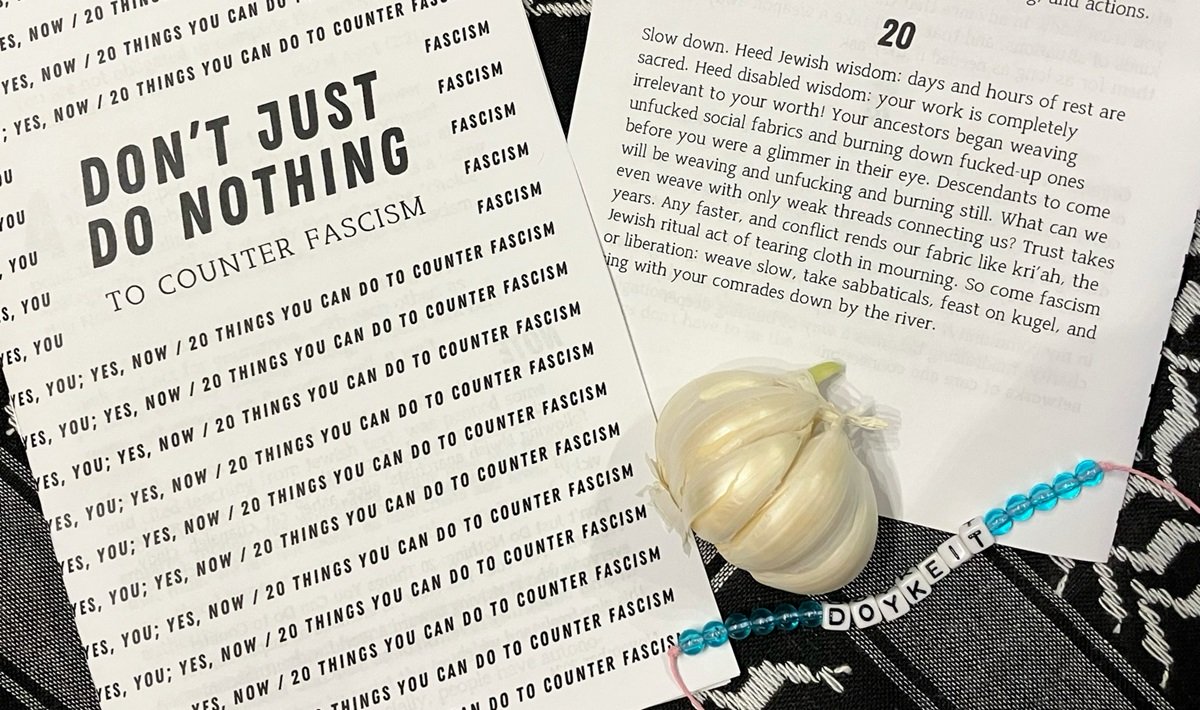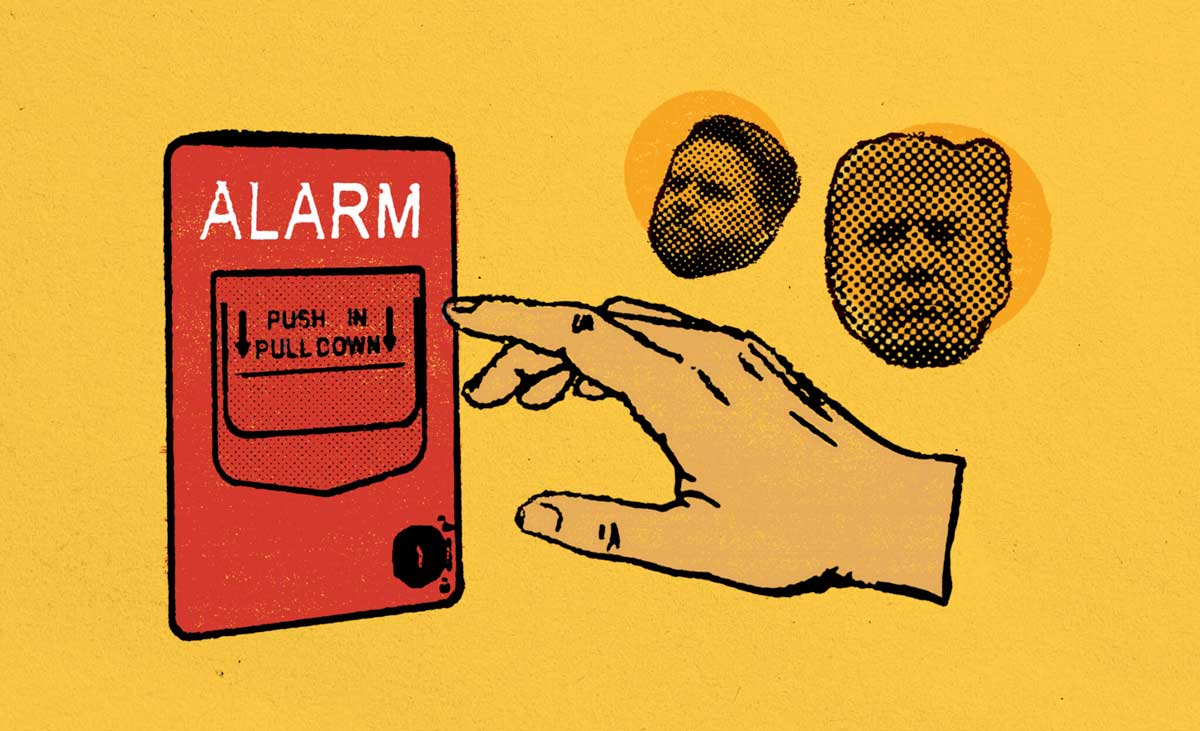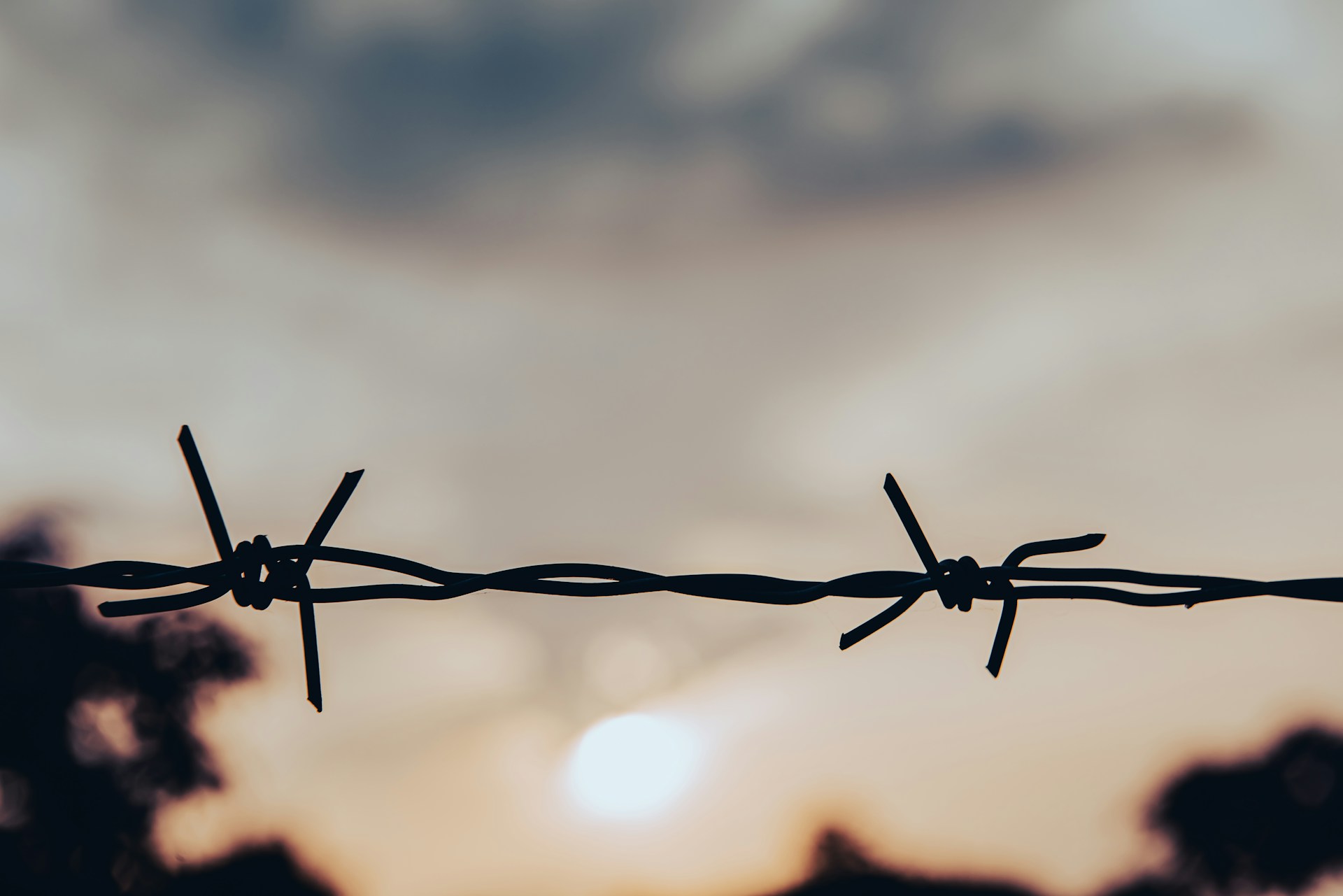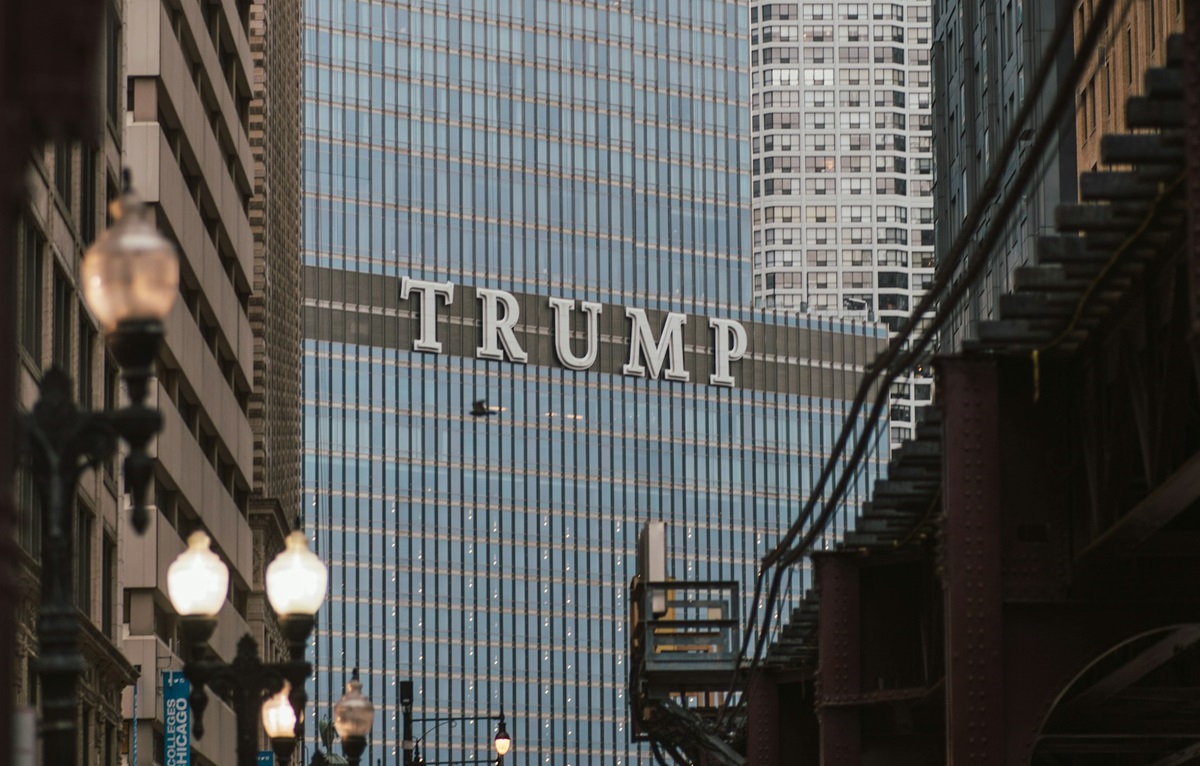Filed under: Action, Central, Development, Environment, Indigenous
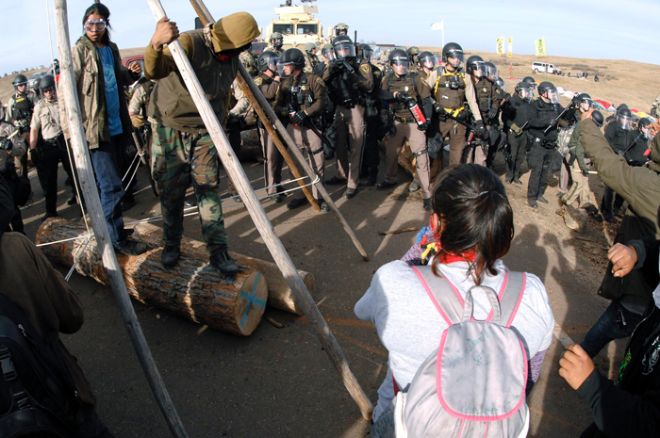
From Love and Rage Media
by Derek Scarlino
As tensions on the Great Plains rise, the US Army Corps of Engineers has issued a statement of intent to close the current site set up by protesters against the Dakota Access Pipeline.
In the statement, the rising confrontations with law enforcement and protesters was referenced as a primary cause:
“This decision is necessary to protect the general public from the violent confrontation between protestors and law enforcement officials that have occurred in this area, and to prevent death, illness, or serious injury to inhabitants of encampments due to the harsh North Dakota winter conditions.”
The winter conditions have been of central concern after recent use by law enforcement of a water cannon on protesters in freezing temperatures. The clash, which occurred the night of November 20th, led to up to 160 injuries sustained by protesters from the water cannon, tear gas and sound cannons.
Defending its decision, the Morton County Sheriffs Department later said that the use of the water cannon and other methods on 400 protesters was to control an “ongoing riot.” Law enforcement officials have since been derided for using dangerous tactics given the temperature and likelihood of hypothermia.
In September, Amy Goodman of Democracy Now! was on scene filming protests when private security contractors for the Dakota Access Pipeline Company attacked unarmed protesters with pepper spray and guard dogs.
There have also been other incidents such as independent journalists being fired upon by rubber bullets.
BREAKING: Army Corps of Engineers Says It Will Close Down Standing Rock water protectors camp as of December 5th #NoDAPL pic.twitter.com/KaTMOLz3Vr
— Jordan (@JordanChariton) November 25, 2016
The notice from the Army Corp of Engineers makes specific reference to protest zones set up south of the current site as well as warnings to those who remain at there “will be considered trespassing and may be subject to prosecution under federal, state, and local laws.” ![]()


